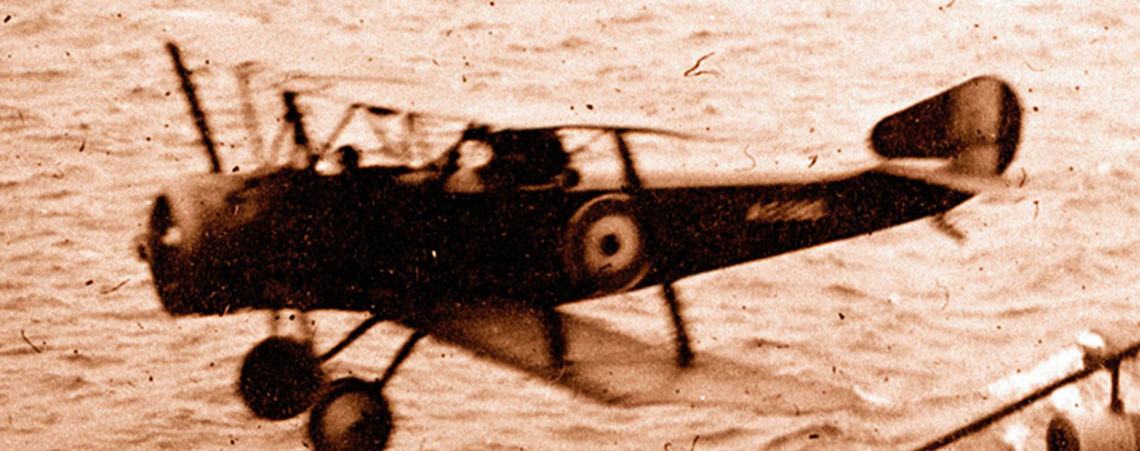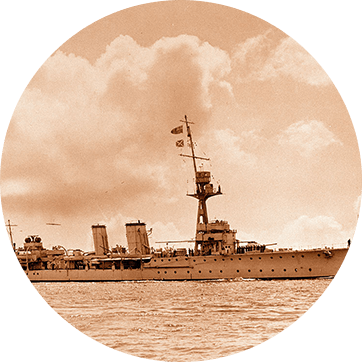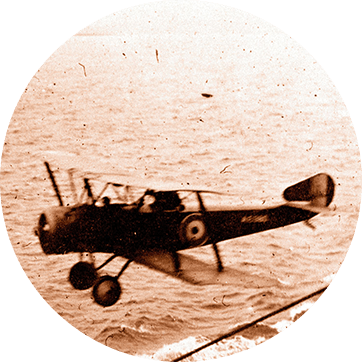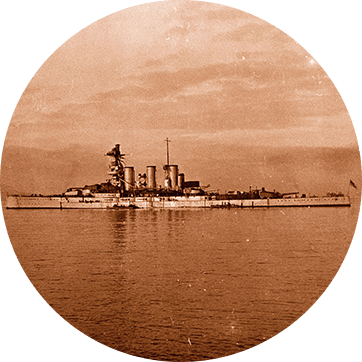FOUR SIGNIFICANT GAINS ACHIEVED BY WOMEN DURING WORLD WAR I
Apr 24, 2018
The events of World War I were dramatic, shocking and life changing for all involved. None more so than women, whose struggles were most notably evident in WWI diaries of those left behind on the home front to deal with the changing face of Great Britain– yet from the darkness, they were able to use the situation to garner significant social, political and personal changes.
A VOTE FOR SUCCESS
In 1917, the Representation of Peoples Act passed through the House of Commons with a remarkable majority, 385 to 55. In the wake of the overthrowing of the centuries old Romanov nobility and monarchy in Russia, English politicians feared a similar socialist revolution may break out in post-war Britain. Thus, to quell rising frustrations over the age, gender and class laws that restricted enfranchisement, the Representation of Peoples Act granted voting rights to huge swathes of the British population – tripling the number of those who could vote. Allowing women to vote for the first time was in no short measure a result of the ongoing suffragette movement which had been gaining popularity during the war. However, while the age of male enfranchisement dropped from 30 to 21, female enfranchisement was only established at 30 years old. Additionally, women were required to either own their own property, have a university degree, or be married to a registered male. While there still remained disproportionately restrictive terms for women, by the end of 1918, the suffragettes had made an undeniable gain which resulted in females making up a huge 43% of the electorate.
TAKE A SEAT
Coinciding with the passing of the Representation of Peoples Act was the enactment of the Parliament Act of 1918; women over the age of 21 had the right to stand for elections to become a member of parliament. In the immediate wake of the new act, a substantial 17 women embraced their new opportunity and decided to stand for election. The first woman to successfully take her seat in parliament was Nancy Astor in the winter of 1919, and over the past 97 years a further 452 woman have successfully followed in her footsteps.
TRAINED AND READY
Parliament was not the only workplace that became more accepting of female employees as a result of World War I; due to both the increase in demand for wartime products and the reduction of available men who had previously been hired to make such objects, the employment of women in industrial jobs increased dramatically during the war. Overall, female employment rates jumped from 23.6% in 1914 to between 37.7% and 46.7%, with over 1-million women employed in some area of industrial munition production. While many of these jobs were temporary, they had provided British women an invaluable period to show their abilities in the work force, receive substantial skilled work training and secure their own finances – and the taste of freedom was not something they’d willingly forget.
WHO WEARS THE TROUSERS?
Given the possible dangers of handling explosives in a tightly pulled corset and an ankle length skirt, women exploited their wartime liberation as an opportunity to change the face of fashion. For the first time in British mainstream society, it became socially acceptable for women to wear trousers, and so the restrictive and impractical corsets were finally thrown to the side. Additionally, the previously idealised long hair became a thing of the past – the risk of an injury due to long hair when operating heavy machinery encouraged women to adopt what was previously an exclusively male style: short hair. This shorter style saw continual popularity through the following decades from the 20’s bootlegging bob to the swinging 60’s chop and on to today.
So in the face of struggle and misery, women cast aside their crochet work and WWI diaries to fight their own battle on the home front, achieving social, political and financial gains that are still evident in society today.



